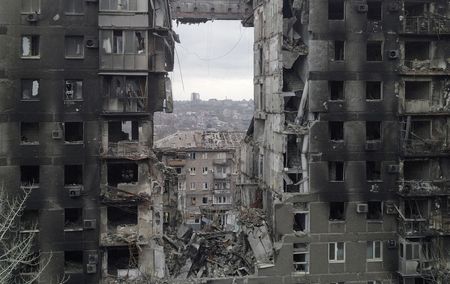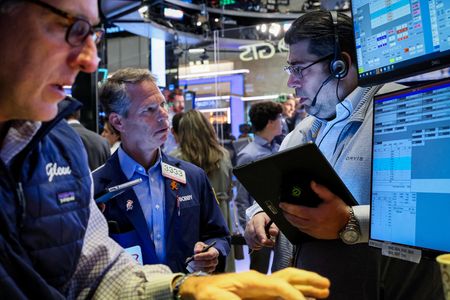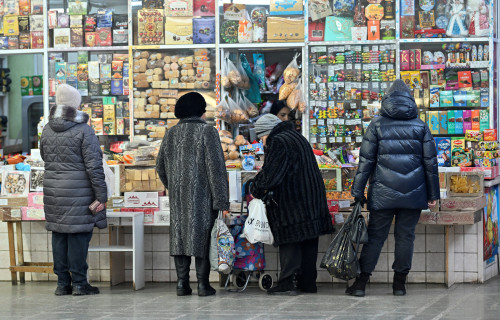By Simon Jessop and Olena Harmash
LONDON (Reuters) -Ukraine is seeking up to $40 billion to fund the first part of a “Green Marshall Plan” to rebuild its economy, including developing a coal-free steel industry, a senior Ukrainian official said ahead of an international summit.
Politicians and financiers will discuss short-term funding issues as well as look at long-term reconstruction efforts at the two-day meeting, starting in London on Wednesday and co-hosted by Ukraine and Britain.
It is expected to launch a “war risk” insurance scheme to cover companies that begin investing in Ukraine again and see government officials discuss behind the scenes if and how to use frozen Russian assets to fund some of the rebuild effort.
The World Bank estimates Ukraine’s reconstruction will cost more than $400 billion, three times the country’s gross domestic product. Since Russia’s invasion in February 2022, external backers have poured $59 billion into Ukraine to support it during the war.
Giving the figure of $40 billion for an initial phase of reconstruction, Rostyslav Shurma, a deputy head of President Volodymyr Zelenskiy’s office, told Reuters the first focus would be the iron and steel industry.
The sector contributed around 10% of Ukrainian GDP in 2021, a third of export revenues and employed around 600,000 people. It also accounted for 15% of the country’s carbon emissions and Shurma said there was now an opportunity to build an industry driven by renewable energy.
“If you have to rebuild, it is logical to rebuild green in line with new technologies … Our vision is to build a 50 million tonnes green steel industry in Ukraine,” he said.
Doing so would allow the country to become the world’s cheapest supplier of so-called “green” steel – made without the use of fossil fuels – and a major support to Europe’s efforts to decarbonise, driven by an investment push in new wind, solar, nuclear and hydro power.
RUSSIAN ASSETS
Many of the country’s damaged legacy steel plants were built in locations that suited their reliance on coal as a power source, but they were now free to build closer to the iron ore deposits and away from the Donbas region, Shurma said.
Moscow last year claimed the Donetsk and Luhansk regions, which make up the broader Donbas region, as “republics” of Russia, in a move condemned by most members of the United Nations as illegal.
To help raise $20 billion to $40 billion in initial funding, Ukraine plans a coalition of industry, public and private sector stakeholders to develop the plan, including doing initial scoping work on projects.
Preparatory work would likely take 1-1/2 years although “to be realistic, actual construction will start only after the war” is over, Shurma said.
Officials from over 60 countries are expected to attend the conference, as will the top global multilateral institutions such as the World Bank, European Investment Bank and European Bank for Reconstruction and Development bank that are being asked to ramp up their lending.
Shurma said funding would be a blend of finance from export credit agencies in other countries; concessional funding handled through the Ukrainian Development Fund it is setting up with asset manager BlackRock; equity of the operating companies; EU transition funding; and private sector loans.
Matteo Patrone, a managing director at the EBRD, said it was crucial to put the focus on the need for private sector involvement.
Multilateral lenders like the EBRD and World Bank will increase their roles too – in order to encourage the private sector – by providing the new “war risk insurance” schemes on behalf of their G7 and other shareholder governments.
The thorny issue of using the estimated $300 billion of frozen Russian central bank reserves is also expected to be discussed by government officials and bankers, although no firm steps to are likely to be announced at this stage.
U.S. lawmakers from both the Republican and the Democratic parties introduced a bill on Thursday that would make it easier for Ukraine to fund its fight against Russia by using seized and frozen Russian assets.
(AdditionaL reporting by Marc Jones and Jorgelina do Rosario; Editing by Elisa Martinuzzi, Frances Kerry and Alison Williams)





